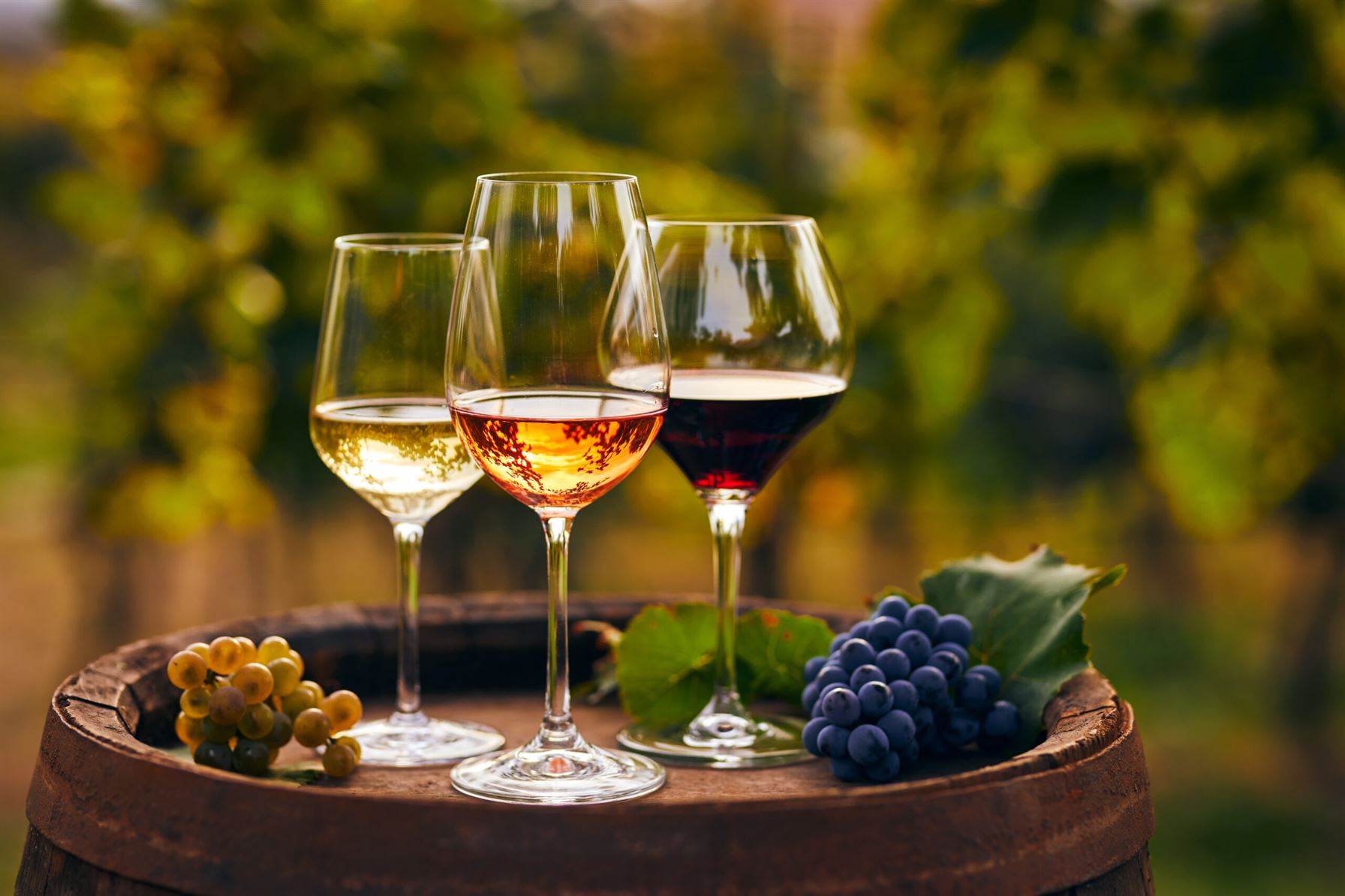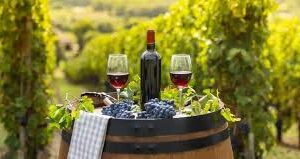
From Vineyard to Glass: Understanding the Wine Production Process
Introduction: The Art Behind Every Pour
Wine is not simply a drink — it’s a journey. Every glass tells a story that begins in the soil, travels through the hands of skilled producers, and ends in your glass with a swirl of flavor and aroma. Whether you’re an aspiring winemaker, wine enthusiast, or hospitality professional, understanding the wine production process gives you a deeper appreciation of this ancient craft.
In this blog post, LWS Wine Academy takes you behind the scenes of how wine is made — from the vineyard to your glass — and why this knowledge is essential for anyone serious about wine education.
1. The Vineyard: Where It All Begins
Terroir: The Soul of the Wine
The term terroir refers to the unique combination of soil, climate, topography, and vineyard practices that influence the taste and character of the wine. A grape grown in a sun-drenched region of South Africa will express itself differently than the same grape grown in France or Italy.
Key vineyard factors include:
-
Soil type (clay, limestone, gravel)
-
Sun exposure and temperature
-
Rainfall and drainage
-
Grape variety (e.g., Cabernet Sauvignon, Chardonnay)
Grape Growing Season
The grapevine’s lifecycle plays a major role in wine quality:
-
Bud Break (Spring): New shoots emerge.
-
Flowering (Late Spring): Pollination begins.
-
Veraison (Summer): Grapes change color and accumulate sugar.
-
Harvest (Late Summer to Fall): Timing is crucial — too early or too late can affect balance and flavor.
2. Harvesting: Picking the Perfect Moment
Harvest can be done by hand or mechanically, depending on the winery’s preference and the grape variety. Handpicking allows for more careful selection, which is important for premium wines.
Harvest decisions are based on:
-
Sugar levels (measured in Brix)
-
Acidity
-
Flavor maturity
Timing is everything — a few days’ difference can make or break a vintage.
3. Crushing and Pressing: Transforming Grapes Into Juice
White vs Red Wine Process
-
White Wine: Grapes are pressed before fermentation to extract juice without skins.
-
Red Wine: Grapes are crushed and fermented with the skins, which provide color, tannins, and complexity.
Modern wineries often use gentle pneumatic presses to protect delicate flavors and aromas.
4. Fermentation: Where Sugar Becomes Alcohol
Fermentation is the heart of winemaking. During this process, yeast converts sugars in grape juice into alcohol and carbon dioxide.
There are two main types:
-
Alcoholic Fermentation: Natural or added yeast begins the process.
-
Malolactic Fermentation (optional): Converts sharp malic acid into softer lactic acid, often used in reds and some Chardonnays.
Fermentation takes place in:
-
Stainless steel tanks (clean, crisp style)
-
Oak barrels (adds texture, complexity)
-
Concrete eggs or amphorae (used in traditional or natural winemaking)
5. Aging and Maturation: Building Flavor and Character
Wines are aged to develop their aroma, texture, and overall balance. Aging can occur:

-
In stainless steel (preserves fresh fruit character)
-
In oak barrels (adds spice, vanilla, toast, and tannins)
-
On lees (dead yeast cells, used to add richness, especially in sparkling wines)
Duration and method depend on the wine style:
-
Light whites: a few months
-
Premium reds: up to 24 months or more
6. Clarification and Stabilization
Before bottling, wine is clarified to remove any unwanted particles through:
-
Fining agents (egg whites, bentonite clay)
-
Filtration (physical removal of solids)
Stabilization ensures the wine remains clear and fresh in the bottle, avoiding spoilage or sediment.
7. Bottling: The Final Step
After the wine is perfected, it’s time for bottling. Key factors here include:
-
Sterile bottling conditions
-
Proper closure (natural cork, synthetic cork, or screw cap)
-
Labeling and branding
Once bottled, the wine may be released immediately or aged further in bottle before sale.
8. From Glass to Experience: Tasting and Enjoying
The final part of the journey is where you come in — tasting and appreciating the wine. Understanding the effort behind the bottle enhances every sip.
At LWS Wine Academy, we teach our students how to:
-
Identify wine faults
-
Taste using professional techniques
-
Understand wine styles and structures
-
Pair wine with food for maximum enjoyment
Why This Knowledge Matters
Knowing the wine production process allows you to:
-
Make more informed buying decisions
-
Speak confidently in tastings and interviews
-
Evaluate wines like a professional
-
Deepen your appreciation and storytelling ability
For those pursuing wine careers, this knowledge is foundational — and LWS Wine Academy provides the ideal environment to learn it.
Learn Wine from the Ground Up
At LWS Wine Academy, our hands-on wine education programs help students:
✅ Visit vineyards and wineries
✅ Participate in real wine tastings
✅ Learn winemaking theory and practice
✅ Gain certifications recognized in the wine industry
Conclusion: The Journey of a Thousand Grapes
From vineyard to glass, the winemaking process is a beautiful blend of nature, science, and human skill. Every bottle of wine you enjoy is the result of countless decisions and deep knowledge. When you understand what’s behind it, you not only taste wine — you experience its story.
Ready to start your wine journey?
👉 [Explore Our Courses]
👉 [Apply Now to LWS Wine Academy]



